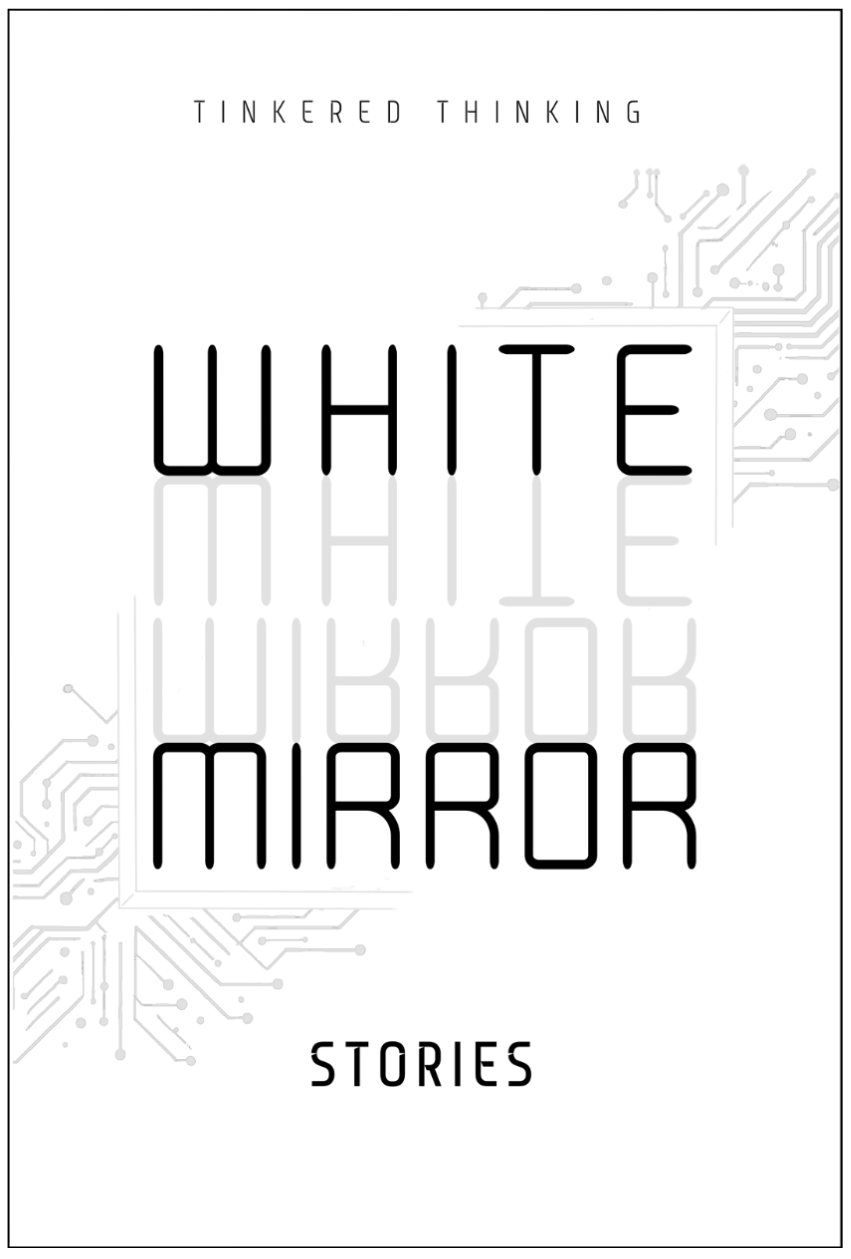Daily, snackable writings to spur changes in thinking.
Building a blueprint for a better brain by tinkering with the code.
subscribe
rss Feeds
SPIN CHESS
A Chess app from Tinkered Thinking featuring a variant of chess that bridges all skill levels!
REPAUSE
A meditation app is forthcoming. Stay Tuned.
BOREDOM'S JUGGERNAUT
January 27th, 2022
A great project or stint of productivity can have awesome momentum. Eyes snap open in the morning and the mind is already filled with the next step in the hop-scotch puzzle piecing process that marches toward a goal.
Boredom, strangely, can have a similar momentum. A state of doing little to nothing gains a hold like an addictive project. It’s perhaps a tribute to just how habitual our primate beings can be.
I’m reminded of the fact that friction has two different coefficients, one for static friction and one for kinetic friction. The whole point is that if something isn’t moving, it’s harder to get it started moving than it is to keep it moving. In technical terms, the coefficient of static friction is much higher than the coefficient of kinetic friction. But just as something moving with great inertia seems to be devoid of the friction it’s clearly overpowering, the extra ‘stickiness’ something at rest has is a bit like it’s own inertia or momentum, as if stationary objects have their own built-in stubbornness about staying put.
Strange that human psychology can follow such a similar principle. A normally very productive person can take some time off, and then decide to get back to work, write up a list for the next day, and end up getting pretty much nothing done.
I’m definitely talking about myself here. Last year was a freight train of productivity, and with the new year, I needed to take a little time off and breathe. But now I’ve found I’ve had enough of it, and I’m looking at a juicy list of things I’d like to get done. And yet this list has remained the same with nothing ticked off for a disconcerting number of days.
The temptation is strong to think the right way is to never take a break. I remember years ago I rode a bicycle across a continent and noticed that if I took a day off to rest, the very next day of riding was far more difficult. Half way across the continent I decided to stop taking rest days and went the rest of the way non-stop. Fasting is similar. Getting through the first day or two is always the hardest. But once past that, it’s pretty easy to go a week or two.
The switch between being stationary and moving is a curious one - enigmatic in almost all circumstances. Even just moving your own hand. If you look at it and think about when it’s going to move, and what the difference in thought and sensation is between the times you actually decide to move it and simply think about moving it, are eerie in that there doesn’t really seem to be much difference. It can even become unsettling: am I actually deciding the moment when my hand moves, or am I simply witnessing it? Whatever it is, the difference is small, and the kernel of change to shift between stationary and movement is tiny, but must grow very quickly.
Getting started, or restarted is like starting habit. Perhaps everything we do is simply a habit in some stage of decay, growth or maintenance. Regardless, getting started is tricky because even if not much effort is required, like sitting to meditate for a mere 10 minutes a day, the consistency of such effort has to be quite strong.
The juggernaut of boredom isn’t undone all at once, but with a tiny effort, simply repeated, compounded and grown and then before long, a new juggernaut has taken shape.
-compressed.jpg)





